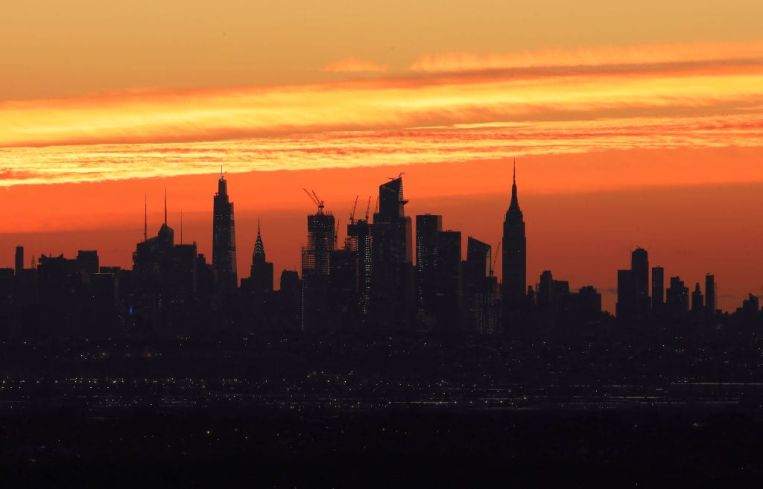Manhattan’s Q1 Investment Sales Disappoint, But Future Looking Up
Sales volume in Q1 was the lowest since late 2009
By Robert Knakal April 23, 2021 9:41 am
reprints
As you have read many times in this column, one quarter of activity does not make a trend and the increase in Manhattan investment sales volume in the fourth quarter of 2020 clearly was not a trend as evidenced by the sales volume in the first quarter of 2021. Needing two to three quarters of data to indicate a trend was, is, and always will be the case when it comes to the Manhattan investment sales market.
In February, I wrote here that two years from now we would be able to look back at the market and clearly see that the cyclical bottom in terms of the volume of sales would be the third quarter of 2020. That forecast was clearly wrong given what we have seen in 1Q21, at least if we look at the dollar volume of sales. The number of properties sold was down in 1Q21 from 4Q20 also, but was not quite a new low.

In the Manhattan investment sales market, looking at all transactions above $10 million, we see that there was $1.17 billion of sales activity in 1Q21. This was down from the $2.99 billion of activity in 4Q20 by 61 percent. Going back to 3Q20, we see that there was $1.25 billion of sales volume, which rose to $2.99 billion in 4Q20 and led us to forecast that the five-year downward trend in the volume of sales was over.
What led us to that conclusion was that the five-year fall was the longest we had ever seen since 1984. We still believe that what goes down, at some point, must go up and it is about time for that to happen. The vaccine was becoming more common, optimism was growing, things were opening up — so, sure, volume had to be headed upward.
This previous trend makes the weak 1Q21 performance even more disappointing. In fact, the $1.17 billion quarterly total was the lowest we have seen since 4Q09. For perspective, last year’s quarterly average was $2.75 billion. In 2019, the average was $7.2 billion and, in 2015, the average was $14.4 billion per quarter.
If the market was to continue on the $1.17 billion pace, we would end the year with $4.67 billion in sales, which would be 58 percent below last year’s anemic total and a massive 92 percent below 2015’s cyclical peak of $57.5 billion. Interestingly, 2009’s volume of sales was $3.34 billion, which was also down 92 percent from the cyclical peak in 2006.
With regard to the number of properties sold over $10 million in the Manhattan market, we had just 19 in 1Q21. This was down 32 percent from the 28 sales that closed in 4Q20, but was not quite as low as the 15 sales occurring in 3Q20. The 19 trades puts the market on track for 76 sales for the year, which is on pace to be down 27 percent from last year and 84 percent below the cyclical peak of 484 sales in 2015.
For some perspective on how the 19 sales compare to past quarterly averages, last year the average was 26 sales per quarter and in 2015 there was an average of 40 sales per quarter.
While this 1Q21 result was disappointing, we still believe we are coming out of the volume trough. There is much more optimism and activity in the market. Our broker-opinion-of-value work has increased dramatically and the number of listings is way up. Importantly, the number of buyers who are active in the market has been increasing, resulting in contract sale activity rising tangibly; contracts are being signed and the number of closings is increasing. And, in another very important signal, the prices that are being achieved on some assets are above expectations for the first time in over a year.
We have said that based upon the historical performance of past corrections, namely the Great Recession and the savings and loan crisis, values would likely not bottom out until sometime next year. We did, however, caveat that view by saying that those past two major corrections did not have 53-month warm-up corrections before them. From October of 2015 through February of 2020, we had consistently falling volumes of sale and slight reductions in average values of about 12 percent.
COVID converted the investment sales correction from a mostly volume correction into a value correction, and the drop in value moved more in line with the drops in value seen during the past major corrections. We stated that this warm-up correction may have stretched the rubber band down so far that the snap back, or recovery, could occur much sooner than expected. Hopefully, that will be the case, and, as we sit here in April of 2021, it appears that it will indeed be the case.
Robert Knakal is chairman of New York investment sales at JLL.


